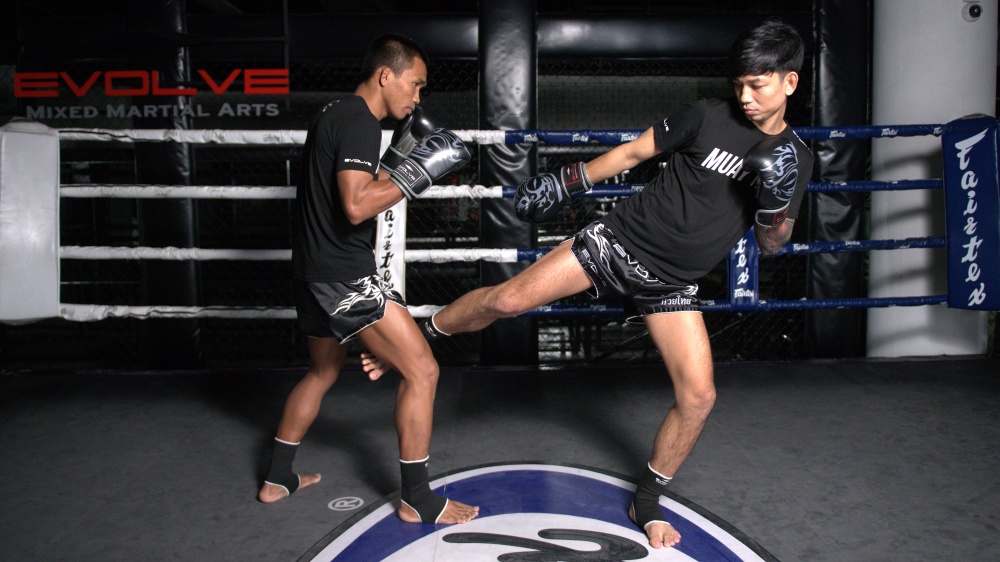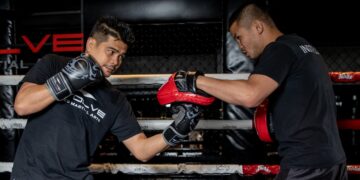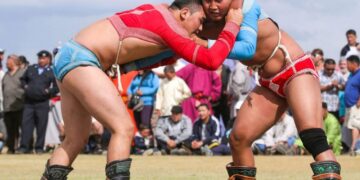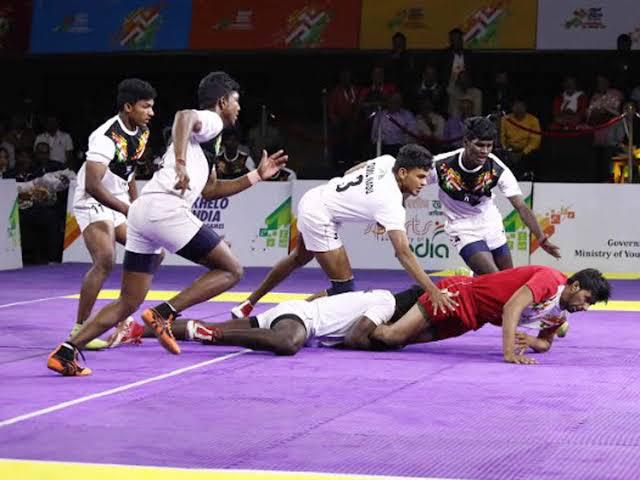
Low kicks play an interesting role in Muay Thai. They are powerful, effective, and landing several of them in a round can chip away at both a fighter’s speed and confidence. However, they rarely have a direct impact on the scorecards.
This is because low kicks in Muay Thai are classified as a ‘conditionally scoring’ technique. This means that unless they have a clear effect such as buckling the leg when they land or if they accrue damage by causing bruises or a limp, they don’t amount to much in the eyes of the judges.
So, does this mean throwing low kicks is a waste of your time? Of course not. When used correctly, low kicks can be debilitating weapons in your arsenal and a key part of your in-fight game plan. They can slow down an advancing opponent, sap their speed, and reduce the power of their strikes
If your opponent is fighting in the same stance as you, then chopping the front leg is your easiest and safest option. To ensure that you don’t get your kick blocked, you need to make sure they have their weight heavily planted on their front leg which can be accomplished by either waiting for them to take a forward step or by using punches to push their weight onto their front leg. Take a look at these five low-kick combinations, which showcase both approaches while also introducing two unconventional strategies to set up scoring body kicks.
1) Jab, Step Back, Low Kick
If you are facing an aggressive opponent, then you won’t have to wait long for them to step forward, giving you the opening to chop down on their leg with a low kick. However, if you are fighting an opponent who prefers second-phase fighting, then you will need to bait them into taking this step.
To do this, flick out your jab and immediately step back from range. Your opponent will often step forward to follow up with a second phase strike and when they plant that front foot down onto the canvas, chop down on it with your shin before following up with more scoring shots or retreating from their effective striking range.
2) Jab, Body Hook, Hook, Low Kick
Either hurting an opponent with a body shot or forcing them to lower their elbows to defend one is a great way to shift your opponent’s weight forward onto their front leg. However, just throwing a heavy punch to the head leaves you exposed to big counters. Therefore, it is safer to throw a fast jab and cross to their head first to lift their guard. Once they cover up, you can either throw a huge body hook—rotating through them to load up the low kick—or add another hook before following with the kick. Whether the punch lands and buckles their posture or they block it by dropping their elbows, their weight will have shifted forward, making it nearly impossible to check your low kick.
3) Low Kick, Cross, Hook, Low Kick
While baiting your opponent into stepping forward is a great way to set up a low kick, sometimes you may want to chop their leg while pressing the attack yourself. Using a hook is a great way to do this as it will push your opponent laterally onto their lead leg, making landing a powerful low kick far easier.
Leading with a hook is possible but fraught with risk as leading with looping punches can leave you exposed to straight strikes and elbows. So, to set up the hook, start with a low kick then lead with a straight cross right down the middle. This will put your opponent into a defensive position whilst also closing their guard which will make room for your hooking fist to land.
It doesn’t necessarily matter if the hook lands cleanly or not, you just need to throw your weight through your opponent, pushing their weight sideways onto the lead leg which you can then chop down on with a powerful low kick.
4) Switch Kick, Cross, Inside Low Kick
Inside low kicks lack the power of an outside chop and can be easy to counter, so using them effectively requires a different approach. Start off with a switch kick to get your opponent to guard their torso while opening their guard to their face, allowing for you to land into a heavy cross as you return your lead foot to the canvas. Then, to ensure you finish with a scoring strike, follow up with an inside low kick.
5) Jab, Cross, Uppercut, Low Kick
A low kick is far more powerful when you chop down on the strike but in later rounds. For this low kick combination, you want to start off with a jab and follow with an cross, and uppercut to have them focus on defending their face. Use this opportunity to follow up with a powerful right low kick to finish the combination. This sequence is sure to chop their legs and leave them momentarily stunned—just enough time to set up a knockout finish.
Conclusion
As we’ve mentioned, low kicks are conditionally scoring techniques in Muay Thai. This means that you need to be mindful of the scoring criteria when you use them in a fight.
If you land a powerful, leg-buckling, low kick on your opponent but they return with a fast, flicking kick to the body, it is safe to assume that you have lost the exchange even though your kick was more powerful. Therefore, you need to be ready to counter anything that your opponent replies with after throwing a low kick or, at least, remain prepared to continue the exchange if their returning strike lands. That said, a well-placed low kick can shift the momentum of a round, draining your opponent’s energy and confidence while creating openings for a finish. Try incorporating these techniques and see how they elevate your Muay Thai game!
You may also like:
How To Avoid Getting Clinched By A Muay Khao
Sweeps are some of the highest-scoring techniques in Muay Thai. Knocking an opponent’s legs out from under them and sending them crashing to the canvas requires exceptional timing and skill. The mere sight of you…
In Muay Thai, laying traps can be risky business. Even with all the right skill, technique, and planning, they are still a gamble; can you subversively impose your will on your opponent? Will you be…
In Muay Thai, Muay Mat is an aggressive and powerful breed of Nak Muay who specialize in delivering powerful punches to inflict damage on their opponents. As punches are a conditionally scoring technique under the…
Speed is an important aspect of any sport. Being able to move faster than your opposition can react is a surefire key to victory whether you’re playing non-contact sports such as football or tennis, but…
Grips are an important and necessary part of the Muay Thai clinch. While some fighters may prefer to grab the arms in order to control their opponents and maintain the space needed to throw elbows,…
Have you ever struggled to corner an evasive opponent in the ring? Or are you sick of getting kept out of striking range by a taller opponent’s teep? Whenever you need to close distance quickly…
Martial arts have shaped the world’s military forces for millennia and continue to do so despite the many military technological advancements made in the past few centuries. While the days of battles taking place on…
The technical mount is one of the most versatile and dominant positions in Brazilian Jiu-Jitsu. From this position, you have control over your opponent’s movement while remaining highly mobile, making it ideal for setting up…
Ilia Topuria is a featherweight champion in the UFC. Being the country’s pride as the first ever Georgian to do so, he is considered one of the most complete mixed martial artists today, from standup…
Muay Thai is undergoing an unprecedented period of growth. In the early 1990’s it was a martial art, relatively unknown outside of Thailand and very few people could have predicted the enormous impact it would…
Enjoyed a friendly game of mahjong or cards this Chinese New Year? And with generous relatives around, you’ve probably sampled every pineapple tart, egg roll, and slice of bak kwa. Feeling prosperous and full—that’s a…
A long time ago, before mixed martial arts became a sport, Catch Wrestling became one of the most popular combat sports. That’s why many of MMA’s pioneers, like Kazushi Sakuraba, came from Catch Wrestling backgrounds. While…
































